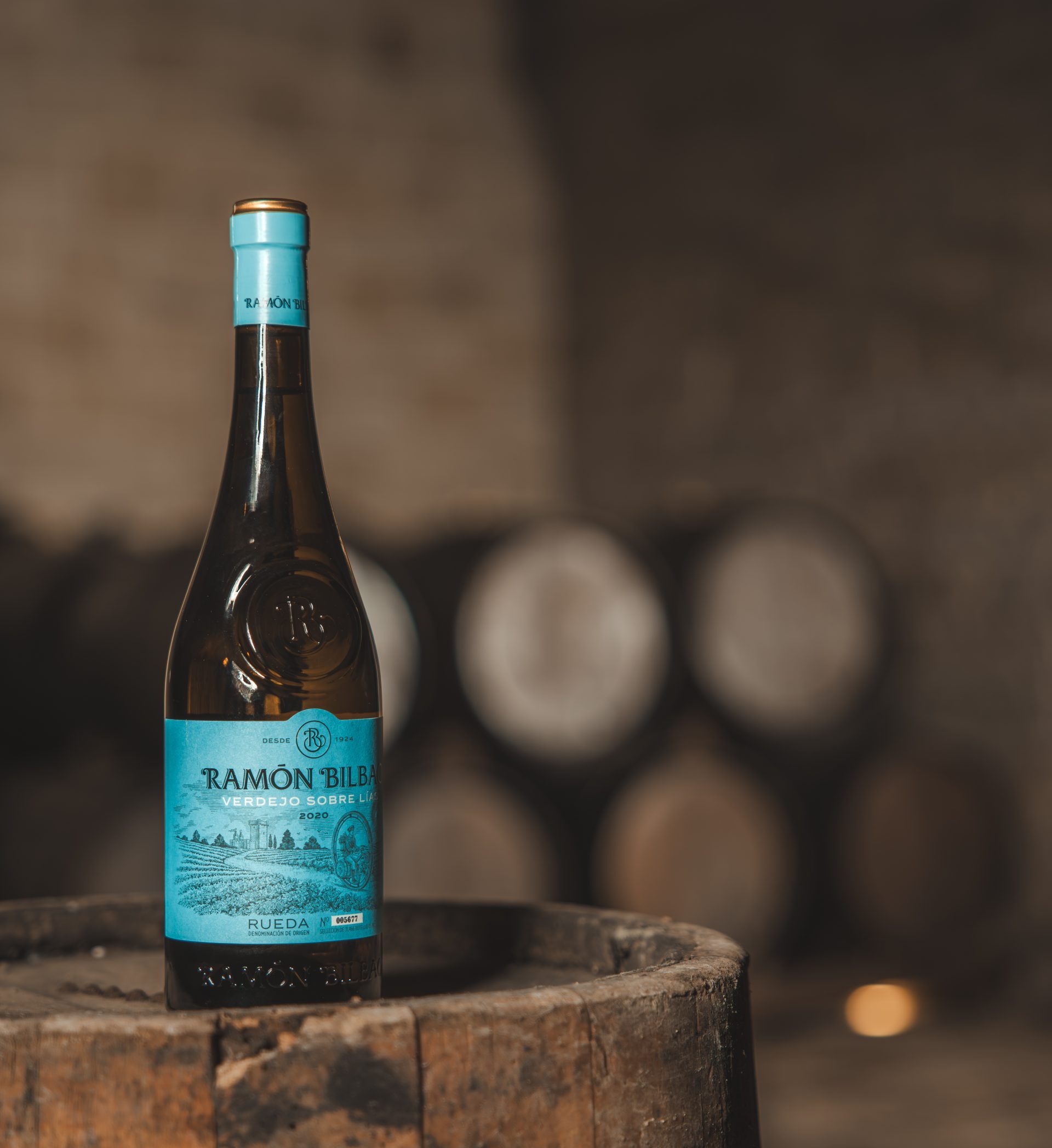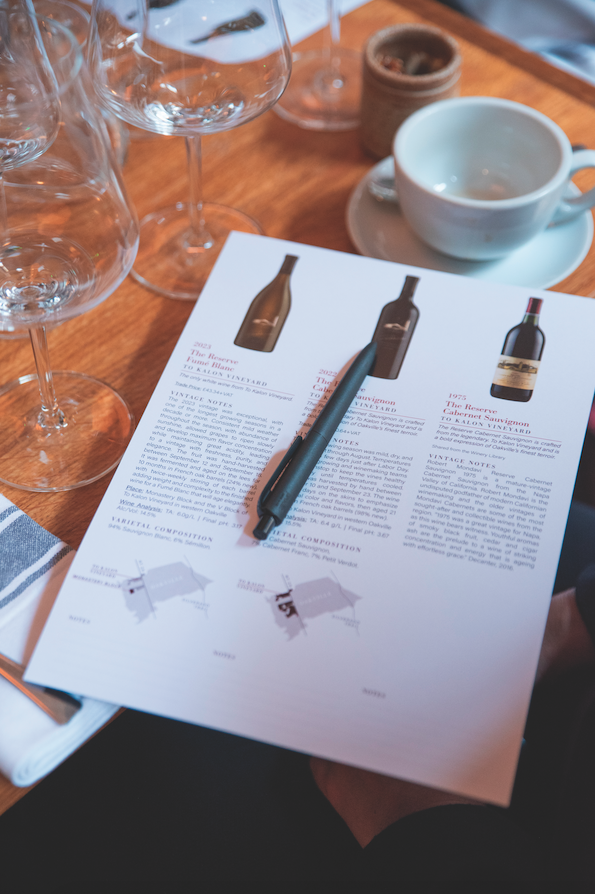Top 10 wine gods and goddesses
The true origins of viticulture and brewing, whether it was in Sumeria, the Lebanon, Georgia and so on, may never be known for sure.
What is sure is that ever since he first created alcoholic drinks, man has usually ascribed to them divine properties.
As was pointed out in the Top 10 Wine Saints, Christianity merely replaced the old gods of wine, beer, grapes and grain, with new figureheads.
This often makes the identification of “wine gods” rather tricky and, aside from some of the more obvious standouts, ancient cultures and societies often venerated many figures connected to drink.
The Greeks in particular personified many things relating to wine, its effects and preparation, with minor deities.
There was Methe, the personification of drunkenness, Acratopotes, one of Dionysus’ companions and a drinker of unmixed wine, there was Ceraon who watched over the mixing of wine with water and Amphictyonis a goddess of wine and friendship between nations.
People would offer wine to their gods (sometimes known as a libation) and the gods themselves often liked to drink, in some stories it is they that taught man the secrets of fermentation.
Norse mythology meanwhile promised unending drinking in the afterlife, while a particularly grim fate awaited newly deceased wrongdoers in Ancient Egypt.
Wine and beer as liberators of the senses, a means of relaxation and the celebration of life appear as the most important themes here but so too is the darker side of uninhibited pleasure, as readers of The Bacchae will know.
If you have any other suggestions of any other gods and goddesses and drinking mythology to add to our pantheon then please leave a message below.
10. Green Man
Not really a god but certainly supernatural, the Green Man is a common, enigmatic, even terrifying figure in Europe, although there is speculation his myth began in the Middle of Far East.
Pre-Christian, possibly Celtic and often crossed with or mistaken for the antlered Celtic god Cernunnos by over-enthusiastic modern Wicca and neo-pagan devotees, the Green Man can found as a feature in all sorts of architecture, secular and ecclesiastical, and of course on pub signs.
He is most usually depicted as just a head either wreathed in and sometimes disgorging, foliage or vines and fruit such as berries and grapes often hang from his beard.
He is a symbol of re-birth, renewal and the coming of spring. As such he is often seen as a sign of good luck and celebration all of which deserves a feast.
9. Mbaba Mwana Waresa
This goddess is a fertility symbol to the Zulu as well as goddess of the rain, agriculture and beer.
She is widely revered in Southern Africa (some say because of the invention of beer) and the story goes that she took a mortal husband when she could not find a suitable man among the gods.
8. Yi-ti
A Chinese god credited with creating the first rice wine. Sadly, there is little to be found on Yi-ti, aside from a vague story about how he created his concoction for a great emperor, the sort of character that always seems to be on hand in good mythology.
Nonetheless, slightly more exists on the Bronze Age Chinese drinks trade. In 1995 an archaeological dig by a Sino-American team unearthed evidence of beer and wine production dating back 4,600 years.
What is more, the wine was being made from grapes as well as rice although grape wine is thought to have fallen out of popularity for a while and drinks made from lychees, sorghum and millet were more common.
By 125BC grape wine was back thanks to the travels of the Han Dynasty diplomat, Zhang Qian.
However, it was only around the time of the Tang Dynasty in around 600AD that wines are thought to have truly proliferated.
7. Sucellus
A return to Europe now for this Celtic god. Sucellus was especially revered in Gaul and Lusitania (modern day Portugal) and was a god of the forest, agriculture and beer.
He is usually shown carrying a beer barrel attached to a pole or a libation cup. He was also regarded as something of a smith hence the hammer, and the etymology of his name is thought to derive from the Celtic for “good striker”, the suffix su being commonly used for something well done and cellos “to strike”.
He occasionally appears with his wife, Nantosuelta, in carved reliefs, where they appear as the epitome of marital bliss.
6. Tezcatzontecatl
An unpronounceable name and therefore unmistakeably Aztec. Tezcatzontecatl was the god of pulque, the fermented sap of the maguey plant – from the Agave americana family.
The drink, the colour of milk, somewhat viscous and with a sour, yeasty taste apparently, was considered a sacred drink by the Mesoamericans.
The coming of the Spanish and Christianity led to the drink becoming more popular although it has been in decline thanks to competition from beer since the turn of the 20th century.
The drink was traditionally consumed at the festivals of Mayahuel (the goddess of the maguey plant) and Mixcoatl (a god of the hunt).
The pulque would be drunk by the high priest to aid his connection with the divinities and, more often than not, by his unfortunate human sacrifices to ease their passing as their still-beating heart was ripped from their chests!
As with the Swiss-Alpine grape Humagne, pulque was also given to pregnant women to give them strength.
Tezcatzontecatl meanwhile was also the god of drunkenness and fertility (an odd but as you may have noticed somewhat common combination) and was one of the 400 children of Mayahuel and the discoverer of fermentation, the god Patecatl.
These 400 siblings were known as the Centzon Totochtin (or 400 rabbits) and were renowned for their drunken parties. His brothers included Texcatzonatl, Colhuatzincatl, Macuiltochtli and Ometotchtli.
Try saying those after a few pints.
5. Nin-kasi
This Sumerian goddess is possibly the oldest on this list. She was the brewer of the gods and taught humans how to brew as well.
One clay tablet from Sumer has been translated as “A hymn to Ninkasi” and is a recipe for making beer involving bread and malted grains left to ferment in a pot.
In ancient Mesopotamia, beer was both a staple of the diet and used in religious offerings and events.
Partner Content
No imagery of Nin-kasi is thought to have survived the centuries but many Sumerian carvings depict beer drinkers and drinking beer – often through a straw.
Her legacy currently lives on at Ninkasi Brewing Co. in Eugene, Oregon, which apparently shares “the ancient Sumerian belief that beer is an important and valued part of civilization.”
4. Teshub
The Hurrian and later Hittite pantheon is thought to contain over 1,000 deities. Luckily, their wine god, Teshub, was also one of the most important.
The son of the king of the gods, Kumarbi, he eventually deposed his father, as his father had deposed his, and became king of the gods himself.
He was he god of storms and the sky but also of wine and is often depicted clasping both a convenient thunderbolt and bunches of grapes (as seen here).
The Hurrian Teshub is thought to have morphed into Tarhun under the Hittites although he kept his celestial powers and control of the heavens.
Interestingly, one of the most prestigious positions in the palace (usually held by a member of the royal family) was the Gal Gestin or chief of the wine stewards.
However, this rank was largely military in nature and did not make the holder a sort of proto-MS.
3. Osiris
Just as it was for the Sumerians, beer was a staple food stuff to the Ancient Egyptians and the secret of its production was allegedly bequeathed to them by Osiris.
Osiris is one of the greatest of the Egyptian gods, lord of the dead, consort of Isis and (here we go again with fertility) responsible for the annual Nile floods.
His green skin is meant to symbolise re-birth and is proposed as one of the origins of Europe’s Green Man already referenced at the beginning of this list.
Osiris was aided in his heavenly brewing, vinifying and judging of the dead by Tenenet and Shezmu. Tenenet, like Nin-kasi was the goddess of beer, which was made in a similar way to the Sumerian brew.
Originally she was a female goddess associated with breadmaking. As making bread was a female chore and bread was used in the making of beer, so she became a beer deity.
Shezmu, meanwhile, is a very different immortal. More demon than god, Shezmu was the punisher of the wicked and the lord of blood.
As the sinful dead came down into the underworld, Shezmu, who had the head of a lion and temperament to match, would tear off their heads and throw them into his wine press.
He would then crush their skulls and collect their blood, which he served as wine to the deserving dead passing, rather more peacefully, into another life – a clear example of associating the colour of wine and blood and assigning to the former particular life-giving properties, even if gained in shockingly gory circumstances in this case.
Shezmu’s gory wine press would not be the last time religion associated blood and wine of course.
2. Ægir
If there is one set of people closely associated with drinking it is the Norsemen. Their mythology too usually involves Thor, Odin or Loki, imbibing heavily at the halls of their fellow god Ægir before betting each other they can’t capture a giant’s daughter and setting off on an adventure.
Ægir himself was god of the waves but he and his daughters were famous for their ale, which they prepared in a pot which had been stolen from the giant Hymir by Thor and Tyr in a previous adventure.
The magical properties of the pot were such that it could never be emptied even by a god, always re-filling with ale as soon as it is drained – not that this stops the Æsir from trying of course.
1. Dionysus/Bacchus
And finally, everyone’s favourite ancient wine deity, Dionysus – merged here with his Roman alter ego Bacchus as they are in fact one and the same.
It is from his Roman incarnation that we draw our words “Bacchic” or “Bacchanalia” and we use them rather lightly.
Nonetheless, in the ancient world Dionysus trod a fine line between enjoyment and nightmarish excess.
Although he is often presented as a rather large, jovial drunk today, the god of wine and festivals and so on, an image fostered principally among Renaissance painters and then 19th century idealists, the Greeks and Romans had another side to him too.
In their eyes he was usually young and boyish, the fatter character taken by his tutor and the god of beer Silenus, and in this incarnation he was equally the god of chaos and excess, wilful abandonment of the senses and madness.
His cult was based on mystery and rumour and the devotees (Maenads – literally “raving ones”) were usually women, which tended to heighten the association of Dionysus with uncontrolled excesses, particularly sexual aspects.
At their rites they were said to be driven into dangerous hallucinogenic states and raptures of ecstasy which gave them supernatural strength.
This in turn would lead to them tearing apart wild animals (usually oxen or bulls) with their bare hands, an act known as sparagmos, and devouring the flesh raw, omophagia.
It was in this way that Dionysus wrought his revenge on his mortal family, which had denied his divinity.
The story, as told in Euripides’ play The Bacchae, has Dionysus arrive in Thebes, home of his dead mother Semele, who was burnt to a cinder when her lover Zeus appeared to her in his true form.
The city is ruled by Dionysus’ cousin Pentheus, who constantly denies the former’s parentage and says that they all knew Semele to be a little soft in the head.
Dionysus gradually weaves a psychological web around Pentheus that makes him doubt his own sanity and infects the women of Thebes with his spell, sending them up into the hills as Maenads to indulge in Bacchic rites.
Cajoling Pentheus’ curiosity, some of it overtly sexual, Dionysus persuades his cousin to spy on the women. While climbing a tree to get a better look he is spotted and torn limb from limb by the frenzied women, his own mother, Agave, bearing her son’s head into town joyfully proclaiming they have killed a lion.
Dionysus then lifts the spell and the play ends with Agave screaming in terror, clutching her son’s head and realising the terrible thing she has done.
And let that be a suitable warning to drink in moderation.





It seems that the ancients knew to mix alcohol consumption and sex.
You missed out Jesus. Turned water into wine… and told us to drink it in memory of him.
However, he himself is not a god. Kind of has to be to make the list.
Granted, he is a part of a (monotheistic by name only) pantheon in which he is the SON of a god. Making him by definition a demi-god. He however turned water into wine, but was never named or claimed as a deity of drink.
Maybe you should change your handle. Just “A pagan” would do.
If we were to say Jesus must be included as part of this god’s that made wine. Let us start by checking what kind of wine he made. Intoxicated or non intoxicated, because for sure if intoxicated that would be against God’s will if you refere on Bible verses